What Is the Difference Between a Traditional and Roth IRA?
When identifying financial goals, a comfortable retirement is usually high on the list. There are many different retirement strategies, but the IRA and the Roth IRA are two of the most popular options.
IRA stands for Individual Retirement Account. Traditional IRAs started in the 70’s when individuals were allowed to contribute to a separate account to fund their retirement and deduct contributions from their taxable income. The Traditional IRA has gone through many changes since the 70’s but some of the main features are:
All, none, or a portion of your Traditional IRA contributions may be tax deductible depending on your participation in employer sponsored plans.
Earnings in the Traditional IRA grow tax-deferred. This means you don’t pay tax until you take the money out of the account.
Generally speaking, you must wait until you turn 59 ½ to take distributions from the Traditional IRA without penalty. Then, you have to start taking distributions from the IRA once you turn 72.
On the other hand, the Roth IRA was established in 1997 by Senator William Victor Roth who wanted to seek tax advantages for Americans. Here are some of the features of Roth IRAs:
None of your contributions to a Roth IRA are tax deductible and depending on your modified adjusted gross income, you may be limited in the amount you may put into a Roth IRA. To see the limits, go to this IRS page.
Distributions from a Roth IRA may not be taxable if you meet certain conditions. Make sure to check in with your tax advisor before considering a distribution from a Roth IRA.
Your contributions to a Roth IRA can be distributed tax-free anytime since they do not have the same tax-deferred benefit of the Traditional IRA. BUT, withdrawals of earnings prior to age 59 ½ or prior to the account being opened for 5 years (whichever is later) may result in a 10% IRS penalty tax. Limitations and restrictions apply here, so talk to your tax advisor.
You are never required to distribute money from the Roth IRA when you turn 72 like a Traditional IRA.
Phew, that was a lot of information. You may be wondering which one is right for you and I’m happy to help you explore these options. Please schedule a complimentary consultation using the contact form at the bottom of the page.

